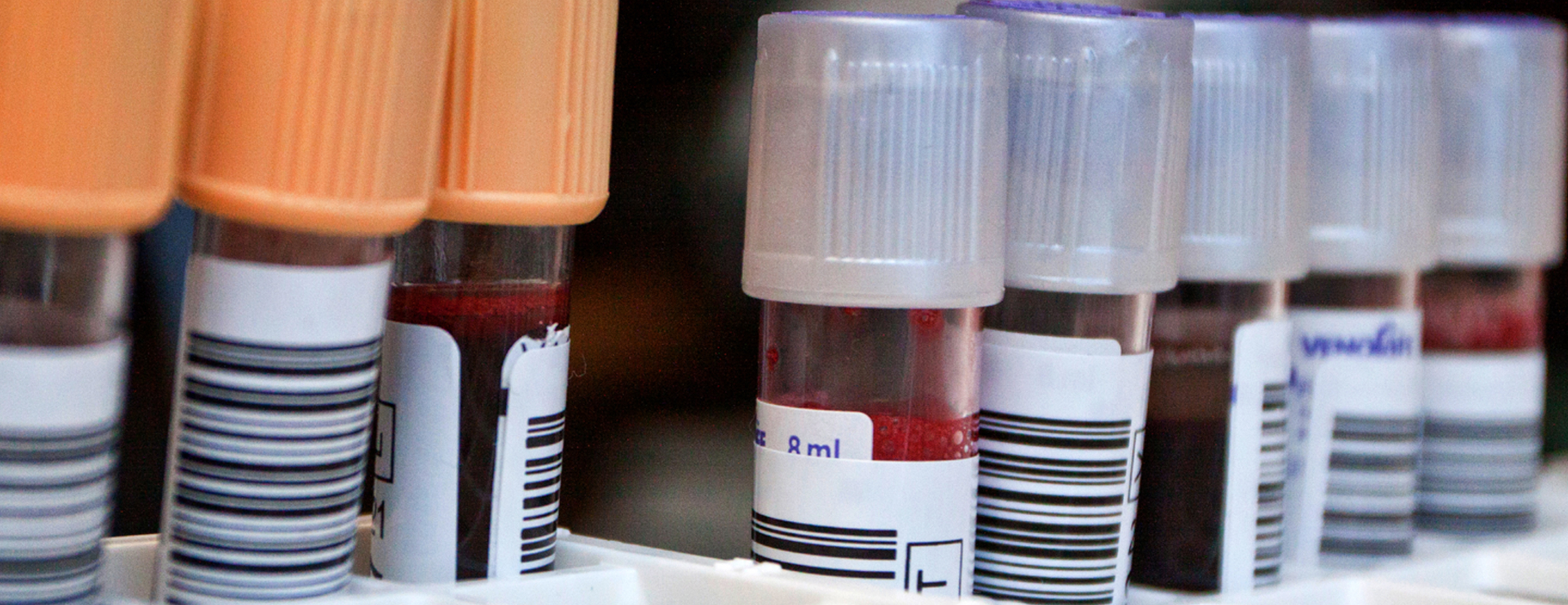
Erythropoietin test
Definition
The erythropoietin test measures the amount of a hormone called erythropoietin (EPO) in blood.
The hormone tells stem cells in the bone marrow to make more red blood cells. EPO is made by cells in the kidney. These cells release more EPO when blood oxygen level is low.
Alternative Names
Serum erythropoietin; EPO
How the Test is Performed
A
How to Prepare for the Test
No special preparation is necessary.
How the Test will Feel
When the needle is inserted to draw blood, some people feel moderate pain. Others feel only a prick or stinging sensation. Afterward, there may be some throbbing.
Why the Test is Performed
This test may be used to help determine the cause of anemia, polycythemia (high red blood cell count) or other bone marrow disorders.
A change in red blood cells will affect the release of EPO. For example, people with anemia have too few red blood cells, so more EPO is produced.
Normal Results
The normal range is 2.6 to 18.5 milliunits per milliliter (mU/mL).
The examples above are common measurements for results of these tests. Normal value ranges may vary slightly among different laboratories. Some labs use different measurements or test different samples. Talk to your health care provider about the meaning of your specific test result.
What Abnormal Results Mean
Increased EPO level may be due to secondary polycythemia. This is an overproduction of red blood cells that occurs in response to an event such as low blood oxygen level. The condition may occur at high altitudes or, rarely, because of a tumor that releases EPO.
Lower-than-normal EPO level may be seen in
Risks
Risks associated with having blood drawn are slight, but may include:
- Excessive bleeding
- Fainting or feeling lightheaded
- Hematoma (blood accumulating under the skin)
- Infection (a slight risk any time the skin is broken)
References
Bain BJ. The peripheral blood smear. In: Goldman L, Schafer AI, eds. Goldman-Cecil Medicine. 26th ed. Philadelphia, PA: Elsevier; 2020:chap 148.
Kaushansky K. Hematopoiesis and hematopoietic growth factors. In: Goldman L, Schafer AI, eds. Goldman-Cecil Medicine. 26th ed. Philadelphia, PA: Elsevier; 2020:chap 147.
Kremyanskaya M, Najfeld V, Mascarenhas J, Hoffman R. The polycythemias. In: Hoffman R, Benz EJ, Silberstein LE, et al, eds. Hematology: Basic Principles and Practice. 7th ed. Philadelphia, PA: Elsevier Saunders; 2018:chap 68.
Kumar V, Abbas AK, Aster JC. Red blood cell and bleeding disorders. In: Kumar P, Clark M, eds. Kumar and Clarke's Clinical Medicine. 9th ed. Philadelphia, PA: Elsevier; 2017:chap 14.
Review Date: 07/11/2019
The information provided herein should not be used during any medical emergency or for the diagnosis or treatment of any medical condition. A licensed physician should be consulted for diagnosis and treatment of any and all medical conditions. Call 911 for all medical emergencies. Links to other sites are provided for information only -- they do not constitute endorsements of those other sites. Copyright ©2019 A.D.A.M., Inc., as modified by University of California San Francisco. Any duplication or distribution of the information contained herein is strictly prohibited.
Information developed by A.D.A.M., Inc. regarding tests and test results may not directly correspond with information provided by UCSF Health. Please discuss with your doctor any questions or concerns you may have.





